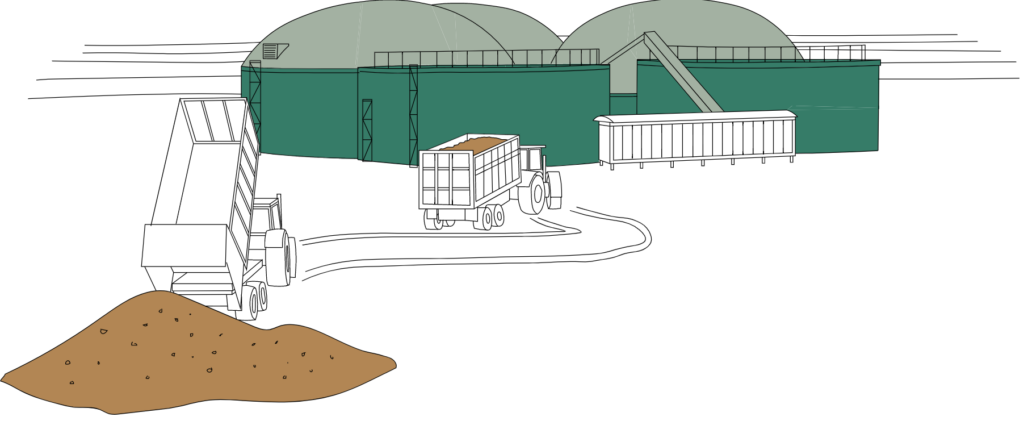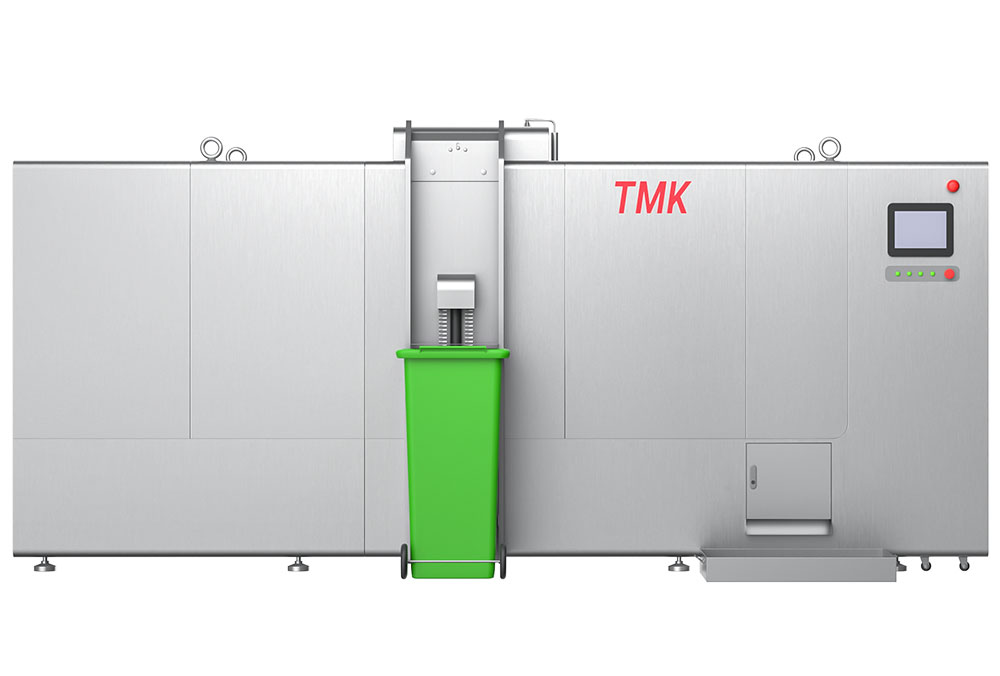Food waste is currently managed through a range of systems. Larger scale municipal methods include: council food waste collection and composting using ‘in-vessel’ composting, ‘open windrow’ composting, or ‘anaerobic digestion’. A variety of popular smaller-scale domestic composting methods have been developed also. Each method has its advantages and disadvantages depending on where you want to compost, how much space you have available, the amount of compost you would like to make, the cost of buying or making the composter, and the time you have available to maintain or harvest your compost.

Industrial-Scale Composting
Open windrow composting is used for processing garden waste (such as grass cuttings, pruning, and leaves) in either an open-air environment or within large covered areas where the material can break down in the presence of oxygen.

Advantages
Open windrow composting can process large volumes of green or garden waste.

- Can process a large volume of mixed organic waste.
- The processing of all animal by-products, including municipal kitchen waste, must comply with the ABPR (Animal By-Products Regulations, introduced in 2003).
- Organic waste arrives at an anearobic digestor facility and is screened for contaminants. A wide range of organic waste can be processed, including food and green waste, animal slurries, and sewage.
- The organic waste it then treated to ensure a smooth fluid consistency in preparation for transfer to a digestion unit. Digestion units run at either mesophilic (around 20–45℃) or thermophilic (around 50–60℃) temperature ranges depending on the type of microorganisms present.
- Once in the digestion unit, the organic waste undergoes several processes of decomposition, including hydrolysis, acidogenesis, acetogenesis, and methanogenesis. The resulting by-products are methane biogas, which can be supplied to the grid or converted to biofuel, and a concentrated nutrient-rich fertiliser called digestate.

- AD can process a wide range of organic material.
- Biogas and digestate, two useful by-products of AD, can be harvested from the process.

